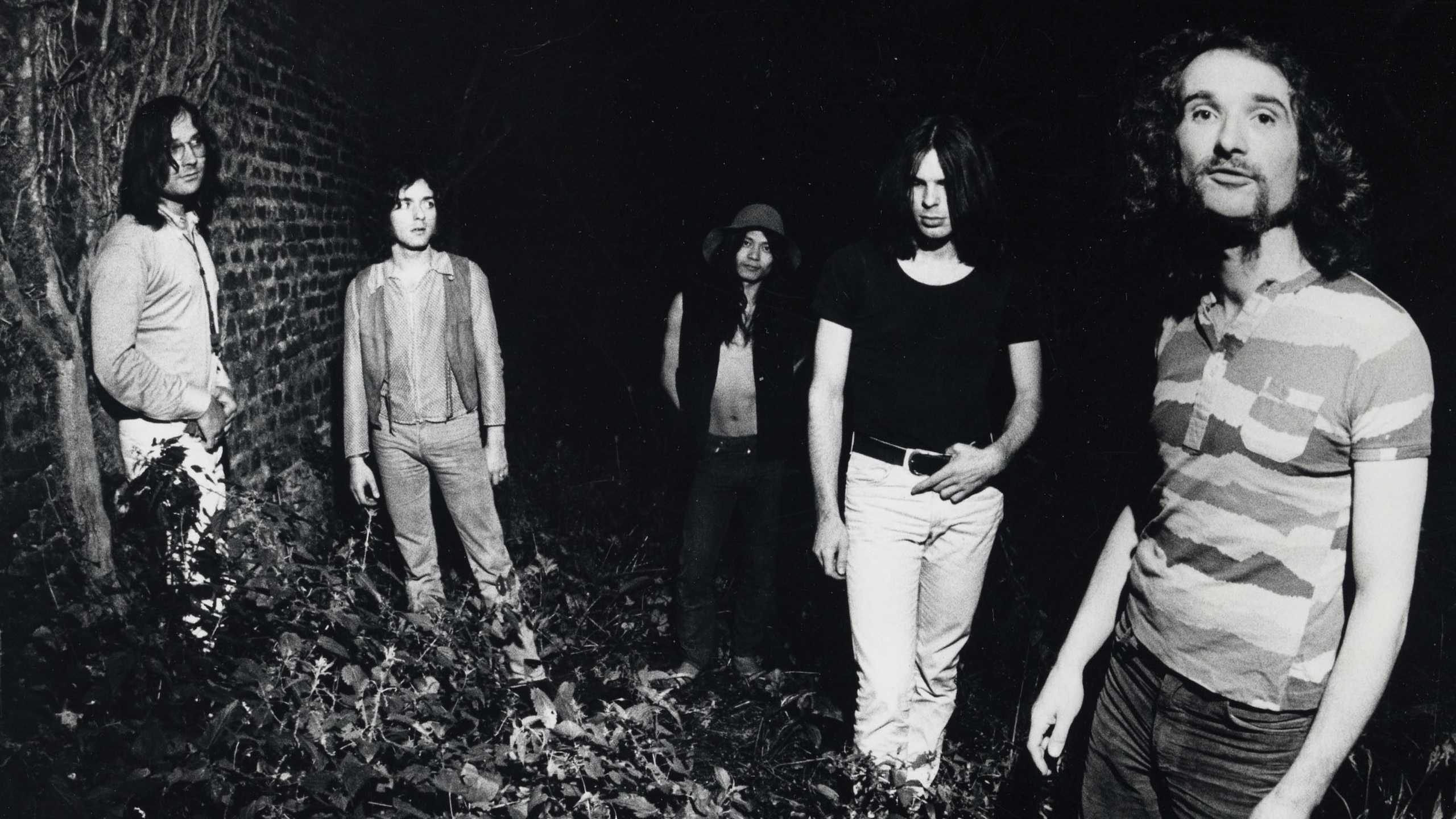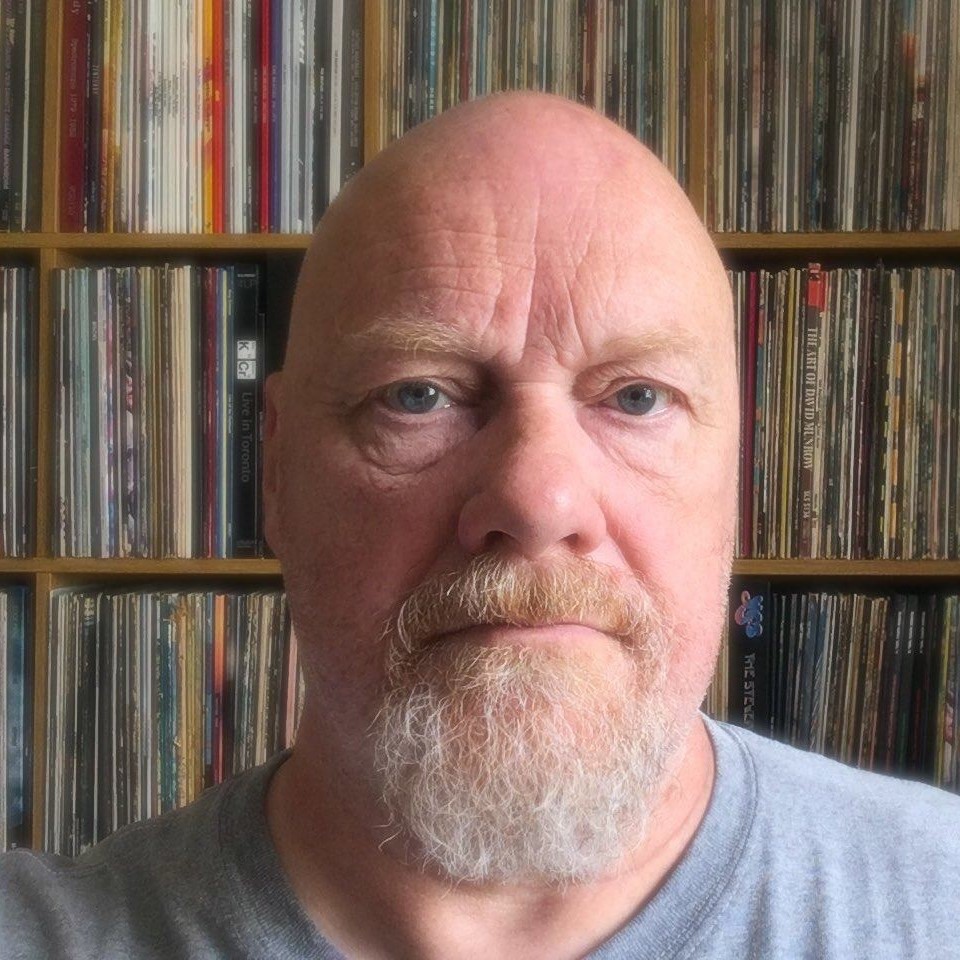The passing of Holger Czukay, best known for his groundbreaking work in Can, marks the loss of yet another sonic pioneer from the ‘60s and ‘70s, reminding us how powerful and potent the music that hailed from that era was. As with his band mate, Jaki Liebezeit, who died in January this year, the music which Czukay had a hand in creating operated on the margins, leaving those who compiled the charts largely untroubled. Yet all the way from the outside, the magnetic density and insistent pulse of Can’s musical DNA came to slowly inculcate itself into the mainstream. Be they post-punk and post-rock practitioners, Industrial icons, ambient exponents, progressive players and meta-pop demi-gods, all have professed their love and respect for the work of Can, and by association, that of Holger Czukay.
Regarded as the band’s engineer as much as bassist, Czukay, who was responsible for capturing Can’s legendary improvisations in their bespoke castle-cum-converted studio, was a somewhat diffident about pop and rock music when it came to taking up the bass in 1968. A refugee during the Second World War, he was a composer by inclination and, like Irmin Schmidt, famously studied with Karlheinz Stockhausen in the early ‘60s.
That direct exposure to the challenging and experimental concepts Stockhausen expounded and encouraged was a significant spark for Czukay. Pieces such as Stockhausen’s Kurzwellan were incredibly important in helping Czukay construct his own musical vocabulary, as his pre-Can masterpiece recorded with Rolf Dammers, Canaxis 5, in 1968 and released the following year, demonstrated.
Splicing tapes of disparate sources together, this early example of sampling combined a descending motif from Western classical music, a field recording of a Vietnamese singer, various chants, luminous static tones and radio interference into a beguiling dronescape.
Nearly fifty years on, it sounds not so much like an electronic meditation but an aural prophecy, predicting a future time when music from completely diverse cultural backgrounds and heritages would be tipped into vast melting pot via a globe-spanning technology that was utterly inconceivable in 1968.
That ability to cut tape so expertly and musically was to be of vital importance when it came to making sense of the hours and hours of reels Can generated on a daily basis in their rehearsal studio. Not unlike Teo Macero’s editing of the raw Miles Davis sessions, Czukay and his colleagues took the vast sprawling canvases of their spontaneous compositions and cut them into miniature masterpieces on the breathtakingly inventive and innovative run of albums from 1969‘s Monster Movie through to Soon Over Babaluma in 1974.
Not only a fluent bassist, in his hands the shortwave radio was also an improbable but extremely effective instrument. A conduit to another dimension, it was a portal from which he would conjure and summon alien frequencies, strange whispers, and weather-beaten tones oscillating between distant points in space. A technique he dubbed ‘radio painting’, after leaving Can in 1977, he adapted it into a capacious solo career that highlighted a less cerebral and more impish facet of his personality on albums such as Movies (1979) with the gloriously dotty pop of Cool In The Pool and the expansive and utterly eclectic, Pool Der Osten Ist Rot (1984). Other notable collaborations include work with PIL’s Jah Wobble and his more austere contributions to two albums with David Sylvian in the late ‘80s, Plight And Premonition and Flux + Mutability.
However, it’s with Can that he’ll be remembered for his hypnotic ostinato that somehow acted as both anchor and propellant in a group where wild, free-ranging improvisation was the norm. I count myself incredibly lucky to have been in the front row at Newcastle City Hall in February 1973 to see Can. Support act UFO had distributed bottles of Brown Ale from the front of the stage as part of a charm offensive for what was a mostly indifferent crowd.
When the main act came on they did so with a blaze of disorientating atonal sound, like a million radios trying to find a station. After Jaki Liebezeit started up a skittering beat he was quickly joined by Czukay. Standing stock-still, the bass player cut a gaunt, almost forbidding figure, his fingers coaxing one contrapuntal note. At a time when many of his contemporaries on the instrumental were involved in fantastic displays of chops, Czukay the contrarian seemed content to go deep into that one earth-moving pulse.
A couple of years later I saw a slightly altered line-up again. Blagging my way backstage I wanted to speak to my hero. Post-gig, he was obviously tired but smiled when I gushingly asked him, “Why do you wear gloves when you play bass on stage?” He smiled wryly and replied, “Because I want to.”
Intense, brooding, humorous, inquisitive and alert, the man was an explorer who made this world a better, more interesting place to be. Goodbye, Holger Czukay.

